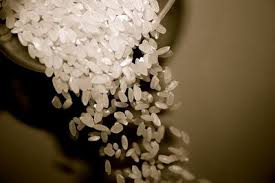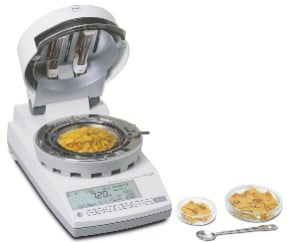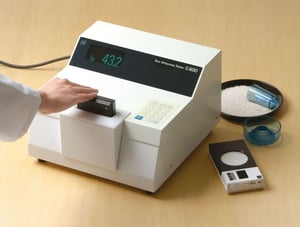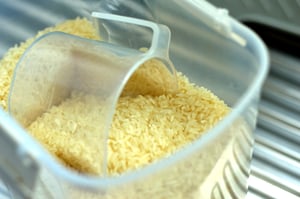 As a supplier of grain quality test equipment, we educate ourselves on the greatest needs in the industry and pass along best practices to our customers.
As a supplier of grain quality test equipment, we educate ourselves on the greatest needs in the industry and pass along best practices to our customers.
Today, we’re discussing important guidelines maintained by the International Rice Research Institute (IRRI), who manages the Cereal Knowledge Bank, the “world’s leading repository of extension and training materials” related to the cereal industry. This bank serves as a free go-to resource for producers and consumers seeking impartial, well-researched information on the industry. It’s one of our favorite places to direct customers in search of objective, comprehensive and current information regarding grain-oriented business operations. The fact that the IRRI uses our Riceter in their own studies to measure moisture content, our Pearlest for polishing protocols, and the C300 (now the C600) as their standard for whiteness testing doesn’t hurt our opinion of them either!
We also monitor news from the International Starch Institute (ISI) for their latest evidence on getting the most out of every crop harvested. Providing test instruments to field operators with lab quality analytics has been our commitment from the beginning. We knew we had met that goal when the ISI, whose protocol sets the worldwide standard on whiteness testing, adopted the Kett C100, a whiteness meter, as their test apparatus.
While previous articles have discussed the importance of moisture measurement, we have yet to tackle the significance of whiteness testing as an standard in determining the product quality. In just a few weeks we will be publicly unveiling the new C130 Whiteness Meter at the IFT Food Expo, for the industry’s largest collection of “food ingredients, equipment, processing and packaging suppliers.” Our C130 can be calibrated for a broad array of applications, from measuring wheat and rice flour, starch, calcium carbonate, salt, pharmaceutical powder and cement. However, as the rice harvest is upon us, we’re also focusing on how rice whiteness reflects grading, quality and thus, profit - and for this we have our C600 which will also be on display at the upcoming IFT.
What exactly does “whiteness” entail in this context? According to the IRRI, it’s “a combination of varietal physical characteristics and the degree of milling.” While not the only component, rice purity plays a pivotal factor in establishing the grade of the rice. Global standards accounting for grade not only establishes best practices for farmers, reducing waste and increasing yields, but also serves to protect consumers by ensuring only edible rice meets the market and also protects them from price/quality manipulation. Identifying the proportion of discolored rice kernels, signifying damaged or fermented product, is key to ensuring the fitness of a crop to reach consumers. In addition, this type of measurement establishes clear value distinctions and secures fair trade practices. Measuring whiteness can also improve consistency of threshing, drying and storage facilities to meet global standards, as well as optimizing production by eliminating factors which may be limiting rice purity in the milling process.
The C600 will likely be the new world standard for fast, reliable whiteness and/or purity determination. We’ll certainly keep you updated on where this version ends up!
In the meantime, let us know how any of our instruments are helping you improve the bottom line in your business.
You might also be interested in...
Whiteness Tester C130 Ketts Latest Innovation in Measuring Whiteness
Kett Introduces a New Single Grain Moisture Tester, the PQ520
Download Kett Product Brochures here
Check out our range of whiteness measurement instruments in our online store


